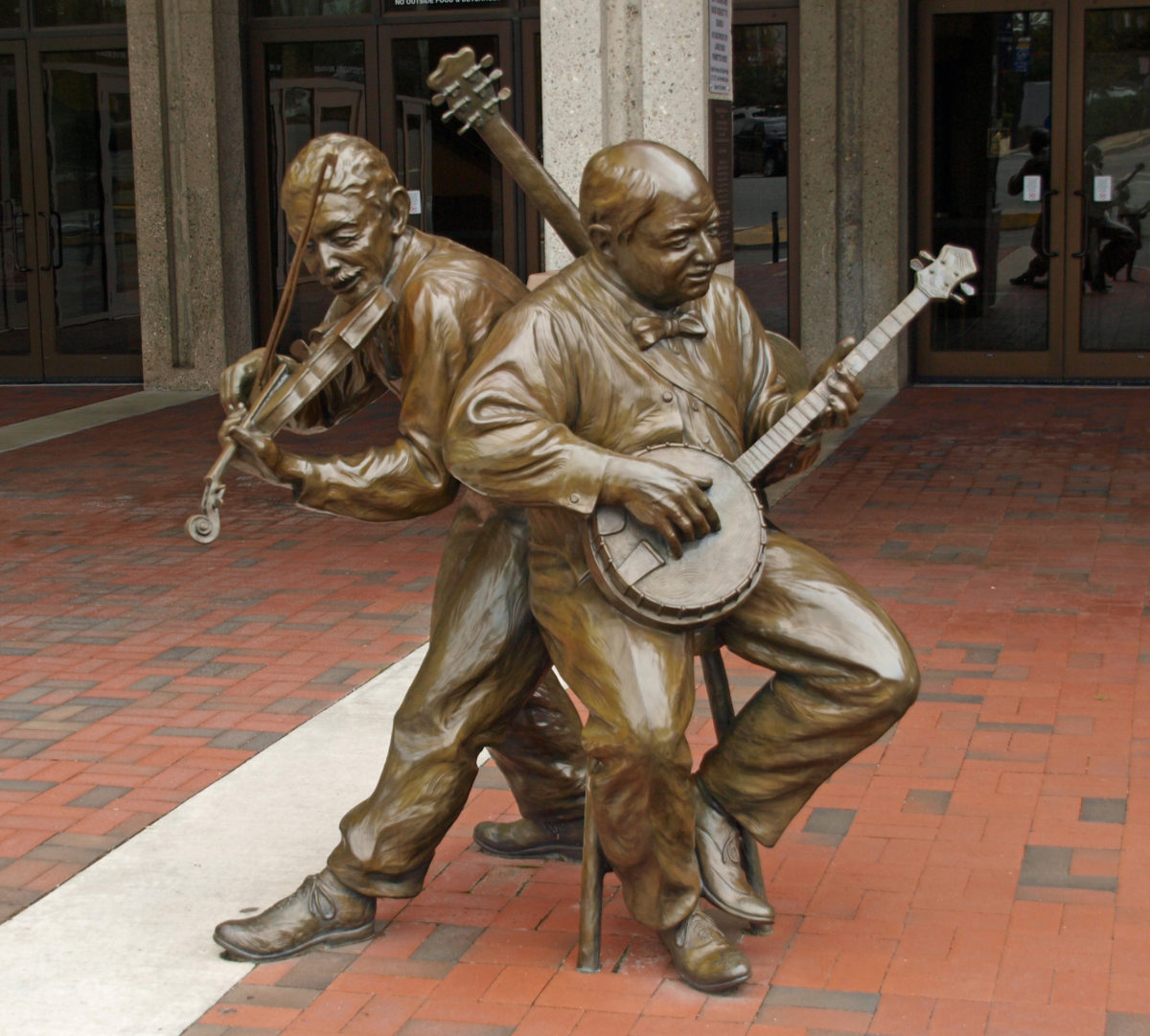by Alan K. Lee
Asheville, N.C. had never been on my bucket list of travel destinations, nor had Great Smoky Mountains National Park. But some years ago the daughter of friends of ours moved to Asheville, and we started hearing about what an interesting city it is. So, my wife and I decided to pay a visit. And when we did, we found that it was indeed a very interesting place.
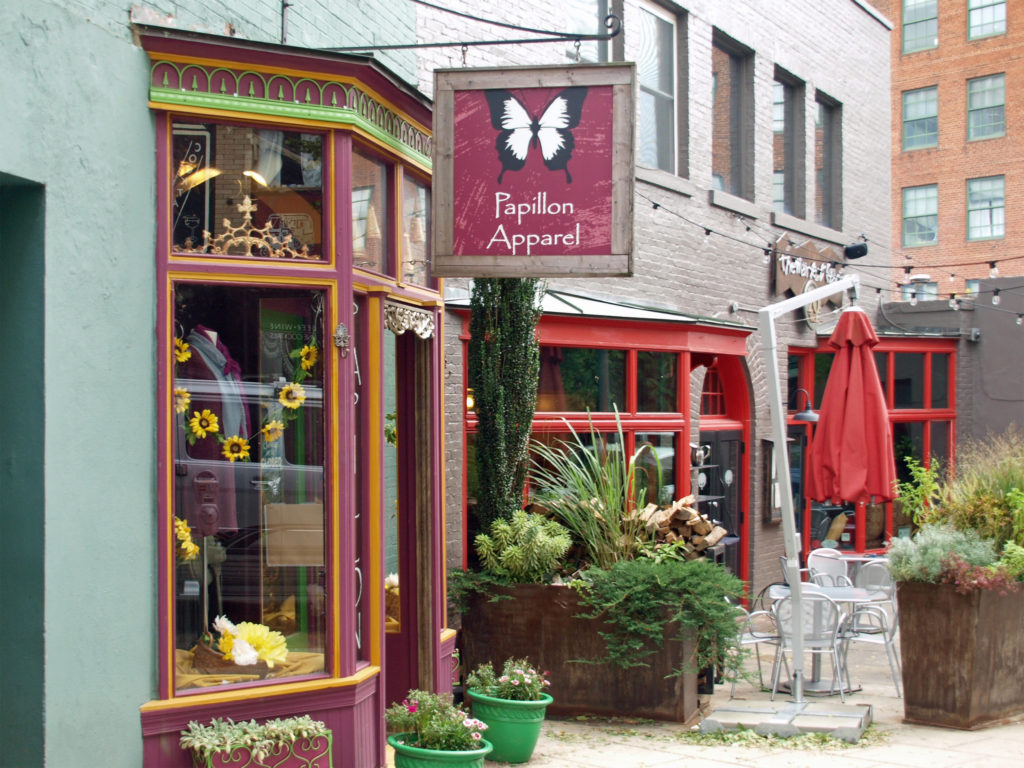
Our timing wasn’t the best. A hurricane had just missed Asheville a few days before we arrived. There was still plenty of evidence, in the form of downed limbs and trees, of the power of the storm, but the center of the storm had passed to the west of Asheville and the city had not suffered any major damage. And the weather was fine while we were there.
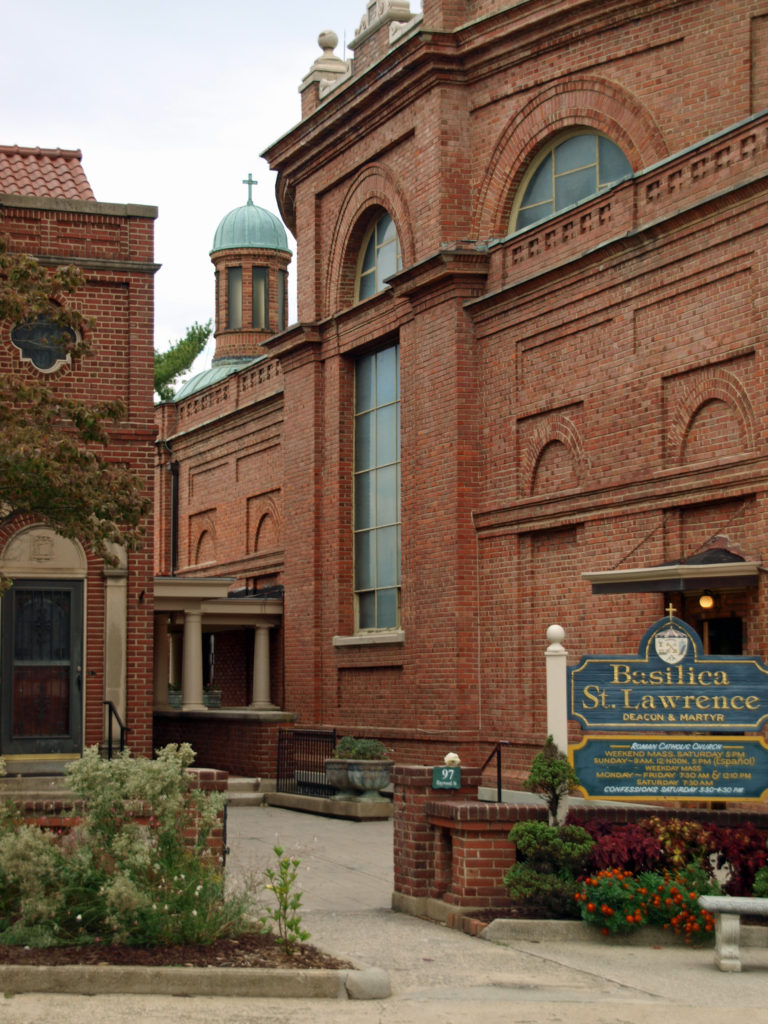
We spent our first full day in Asheville exploring the city. It’s an old city, but it’s got a very young, very hip feel to it. There are 60+ breweries in town, for example, the most per capita of any US city, and second only to Portland, Oregon (where we’re from) in total number.

Asheville is also a very arts oriented city. As well as sampling a few of the brew pubs, we also visited a few of the galleries and artists studios in the River Arts District and the city center, but our limited amount of time there didn’t allow us to fully explore Asheville’s arts scene.
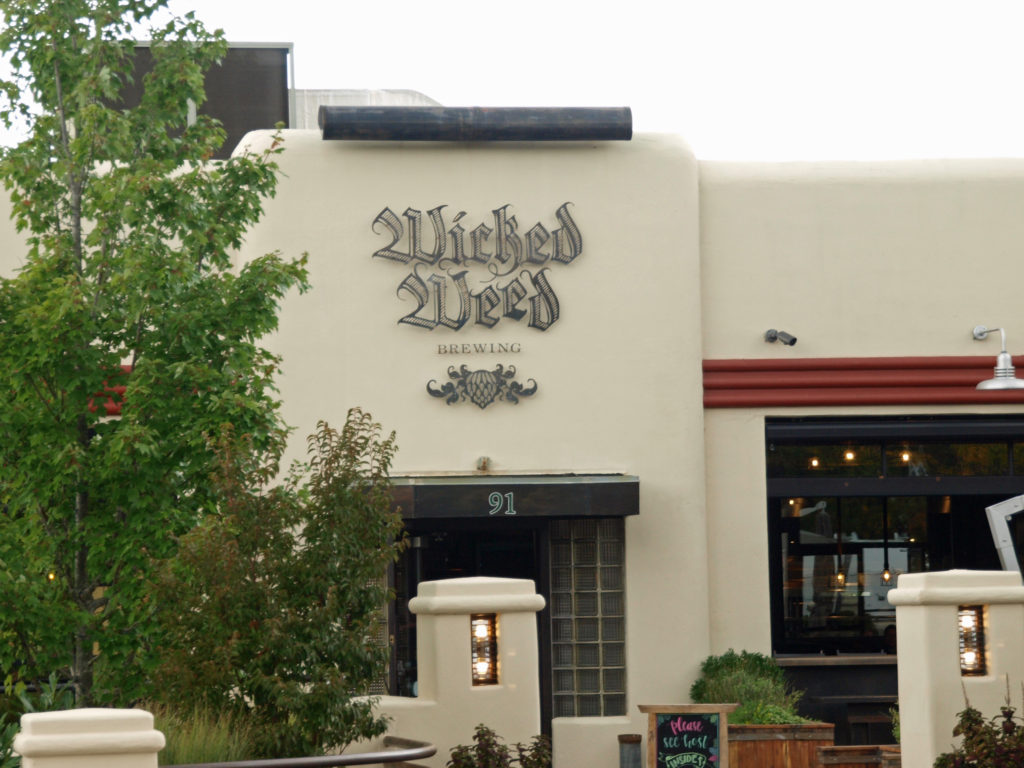

Asheville is also a great destination for foodies. There are many very good restaurants in the city and there’s a thriving farm-to-table food scene. If you’re ever there, I highly recommend that you seek out Sunny Point Cafe in particular. It’s a wonderful restaurant in West Asheville. Everything’s made with fresh, local ingredients, and everything we had was done superbly. (It was so good that we ate there three times and I bought their cookbook). City Bakery in downtown Asheville is also a great place to start your day.
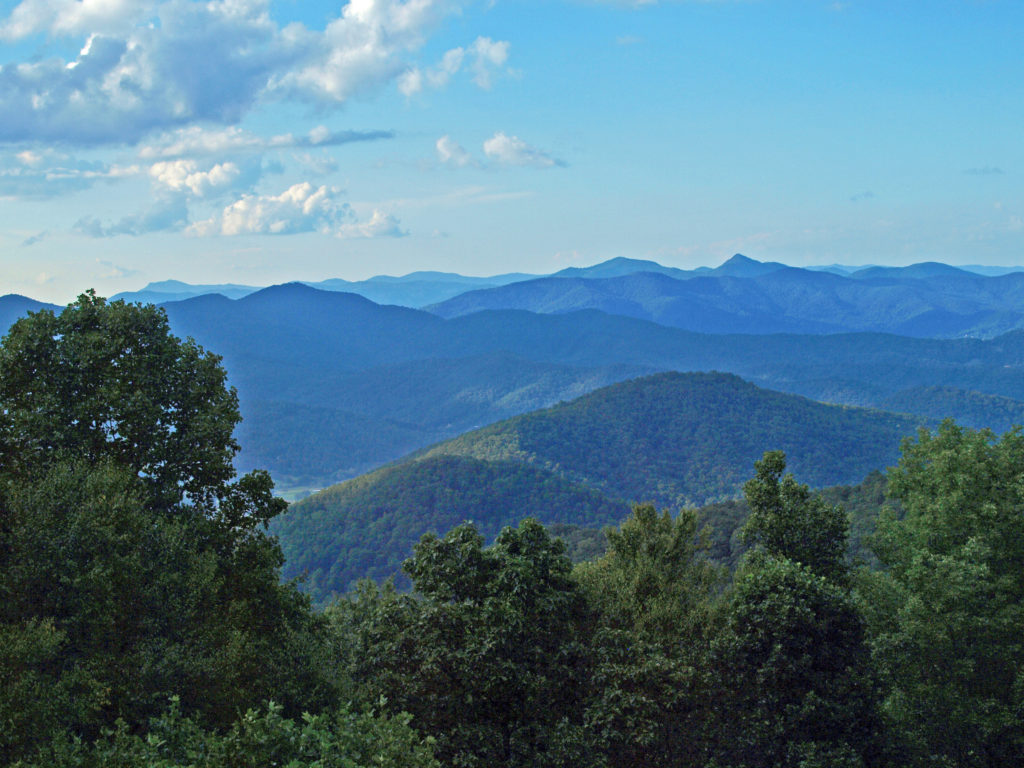
The city has much more of a Pacific Northwest vibe to it than I was expecting. Besides the galleries and studios, the restaurants, and breweries, Asheville is much like Portland in its easy access to nature and its outdoor oriented residents. I think you could move the whole city to the Willamette Valley or the Puget Sound region and it wouldn’t feel out of place at all. It has Southern roots, certainly, but what we saw of it was more New South than Old South.
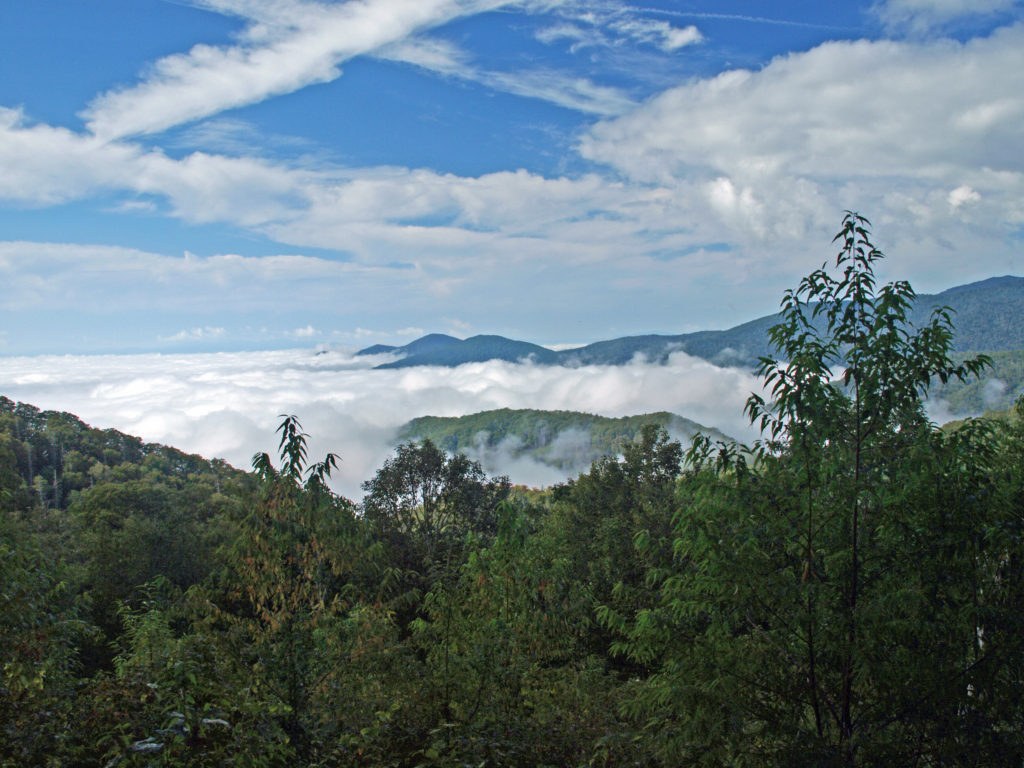
On our second day, we trekked to Great Smoky Mountains National Park and drove up to Clingman’s Dome, one of the highest points east of the Rockies. The top of the divide was in the clouds and the valleys were filled with fog, but in between it was clear and the views were spectacular.
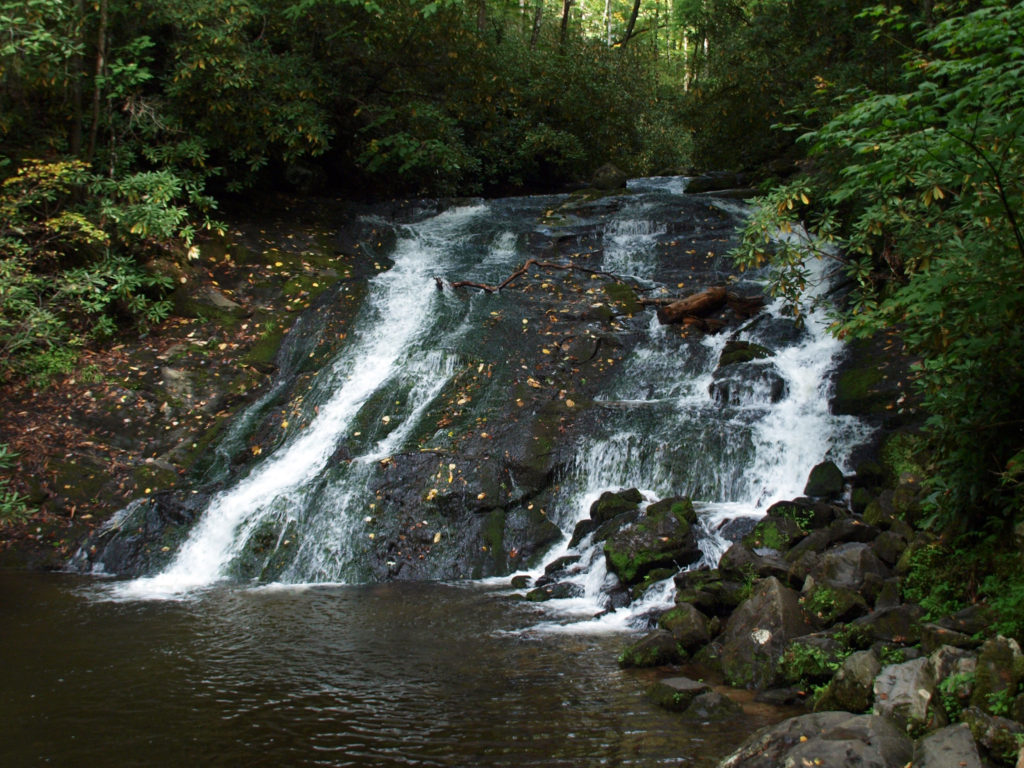
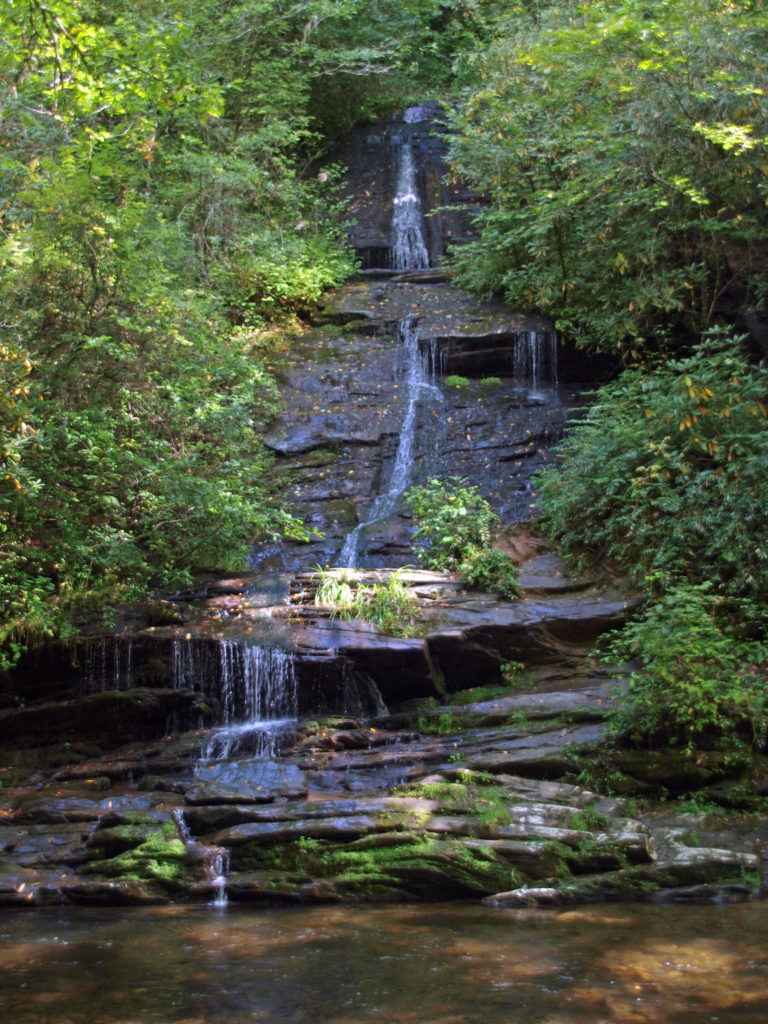
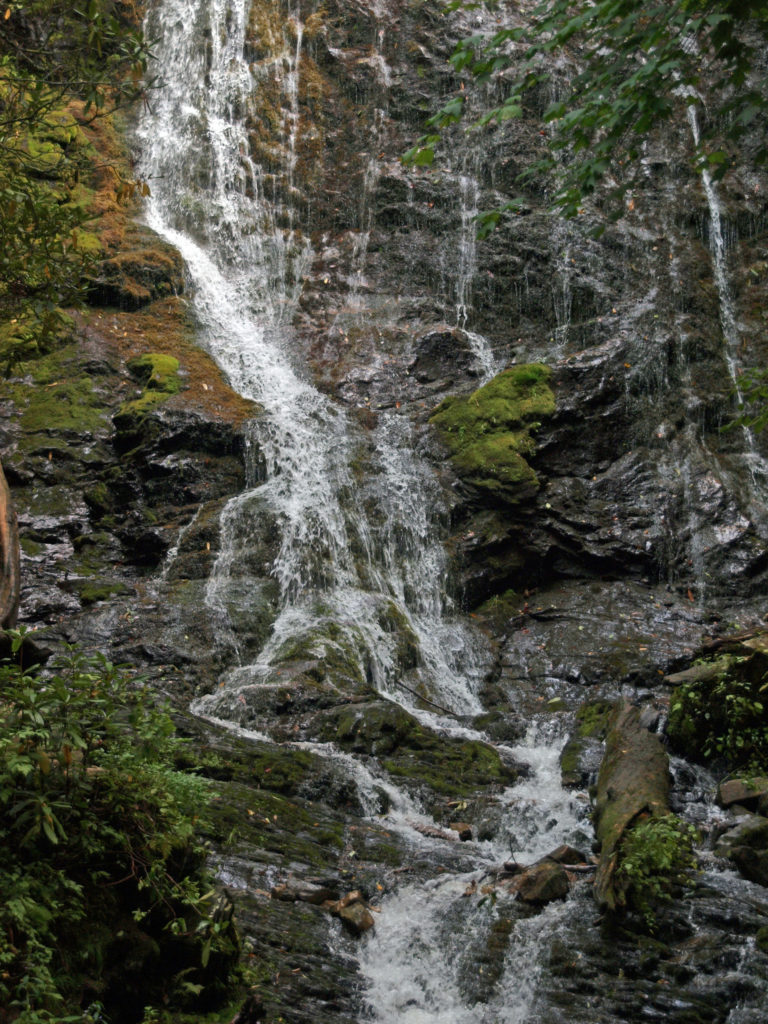
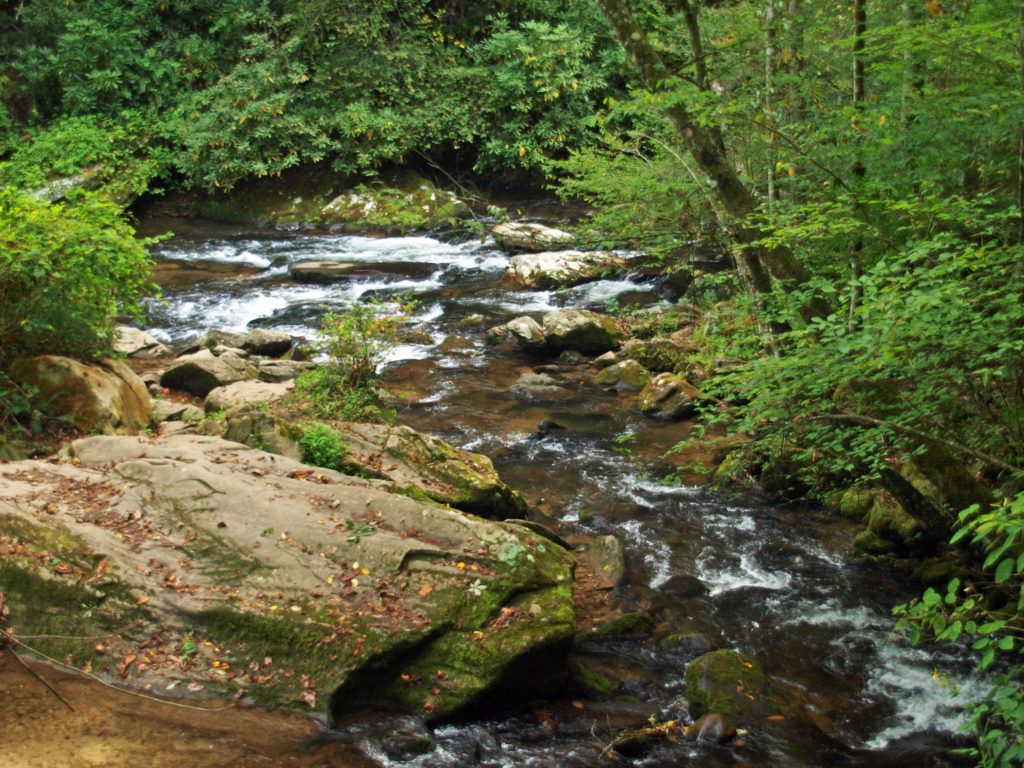 We spent most of the rest of the day hiking to a number of the park’s many waterfalls. The Smokies have a different, softer feel to them than the mountains of the Western U.S., but they have their own appeal. We were there a little too early in the season to catch much in the way of fall colors, but there were hints of how beautiful it would be in a few weeks.
We spent most of the rest of the day hiking to a number of the park’s many waterfalls. The Smokies have a different, softer feel to them than the mountains of the Western U.S., but they have their own appeal. We were there a little too early in the season to catch much in the way of fall colors, but there were hints of how beautiful it would be in a few weeks.
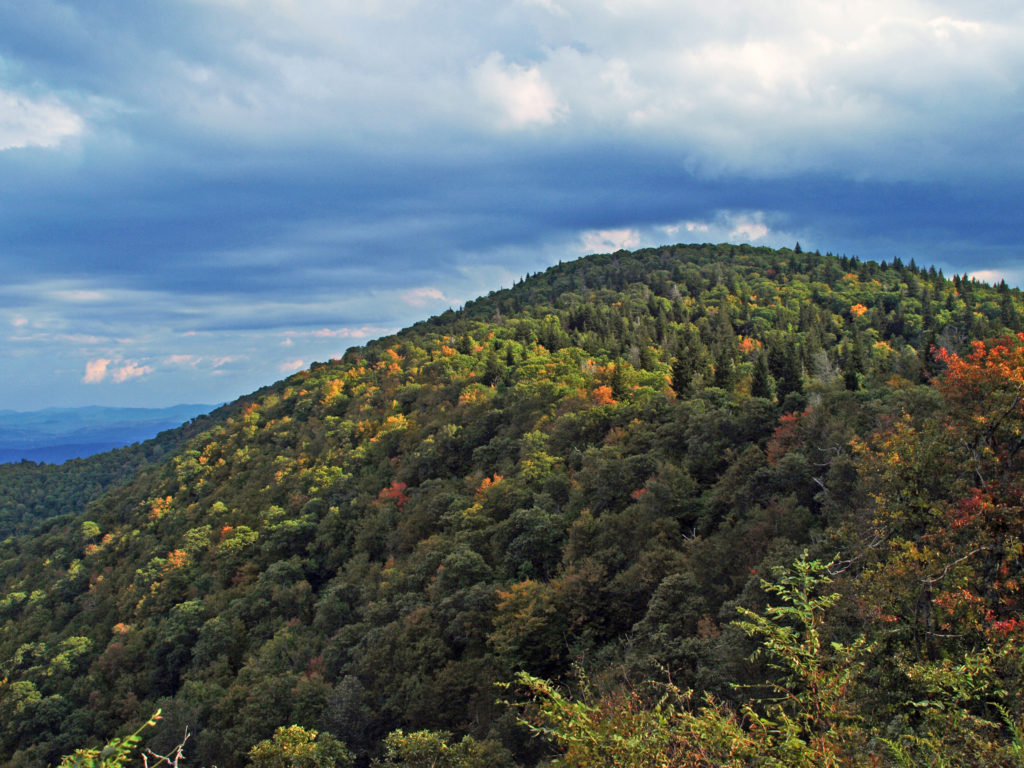
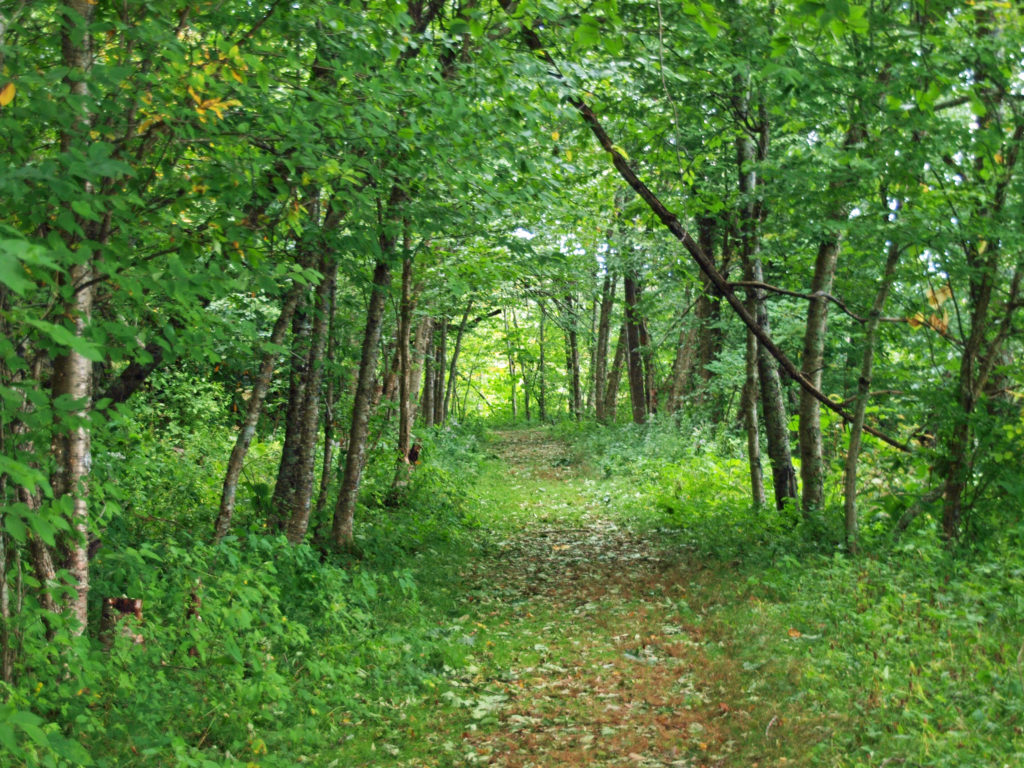
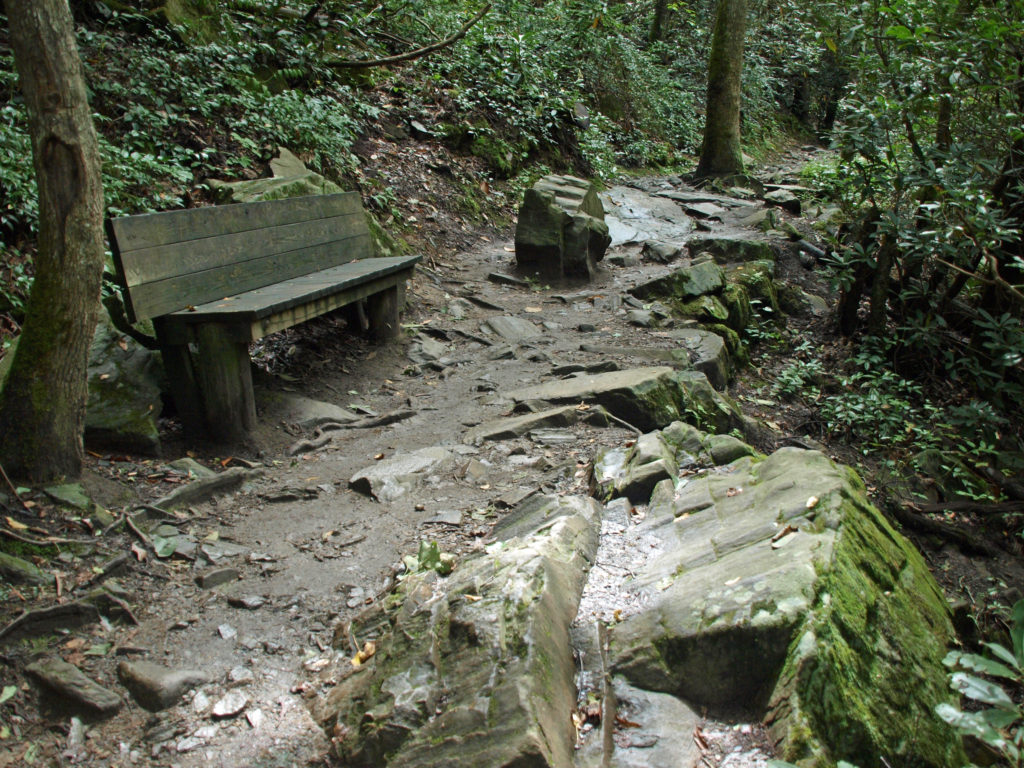
We had planned to drive back to Asheville via the Blue Ridge Parkway, but portions were closed due to trees downed by the hurricane. The Parkway runs from Great Smoky Mountains National Park all the way to Shenandoah National Park in Virginia, 469 miles in total. We were able to drive about a 25 mile section of the parkway near Asheville that was open, but not being able to see more of it was disappointing.
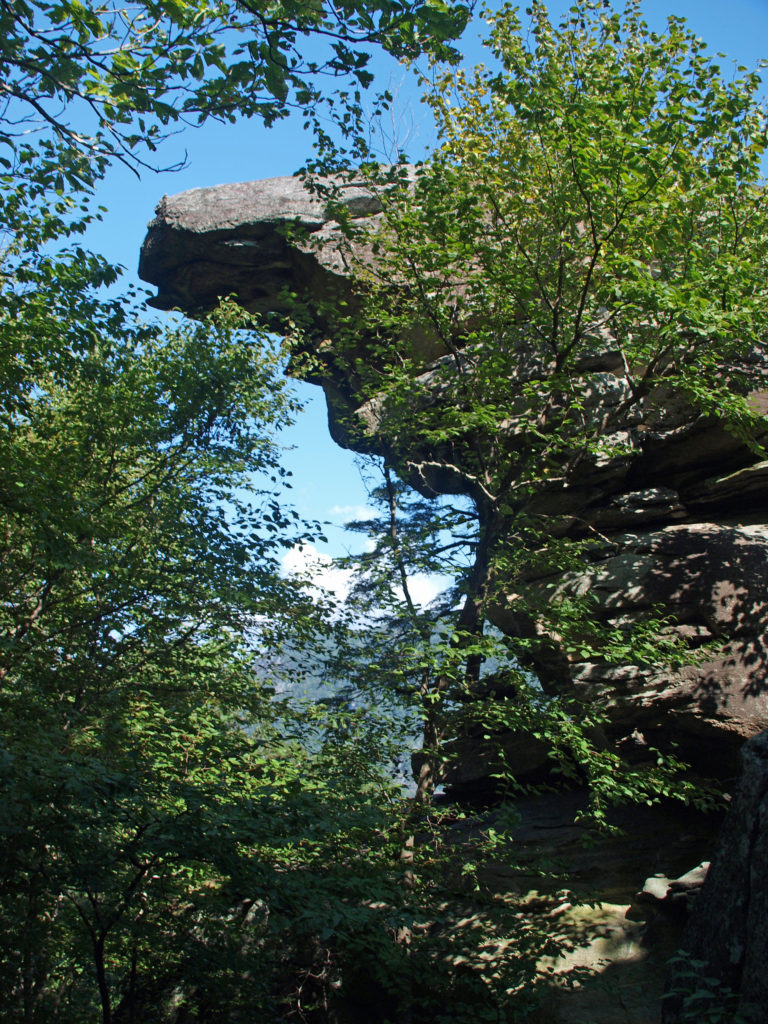
Our third day was split between further explorations of Asheville and a visit to Chimney Rock State Park, about 25 miles southeast of Asheville, near the town of Bat Cave.
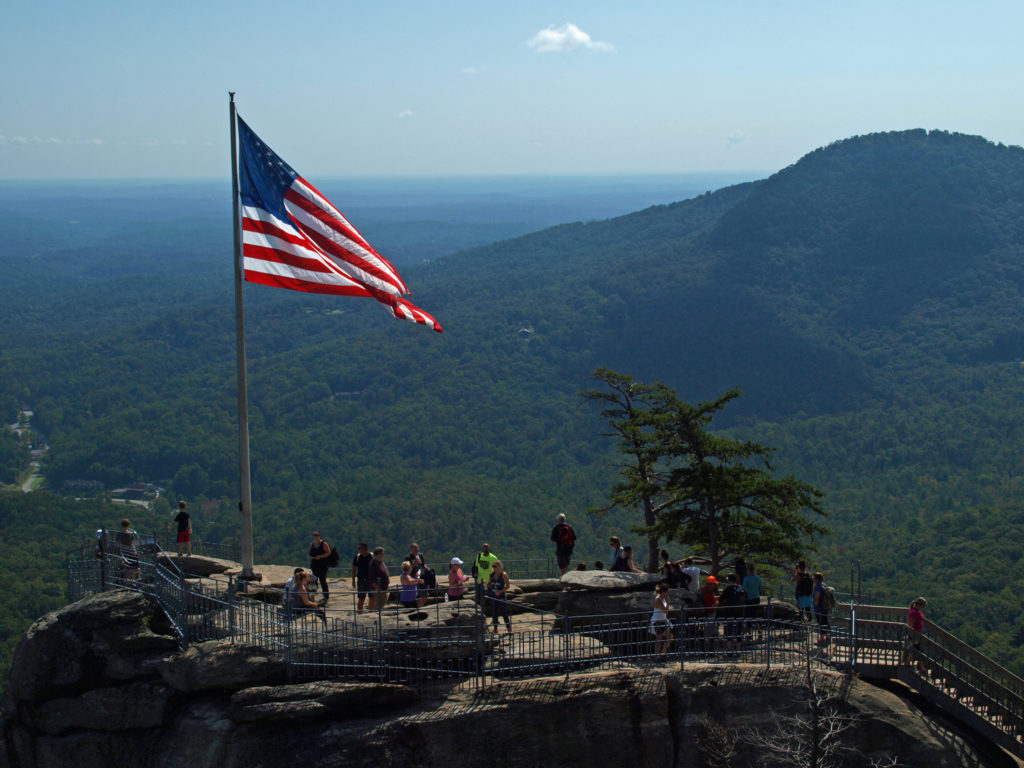
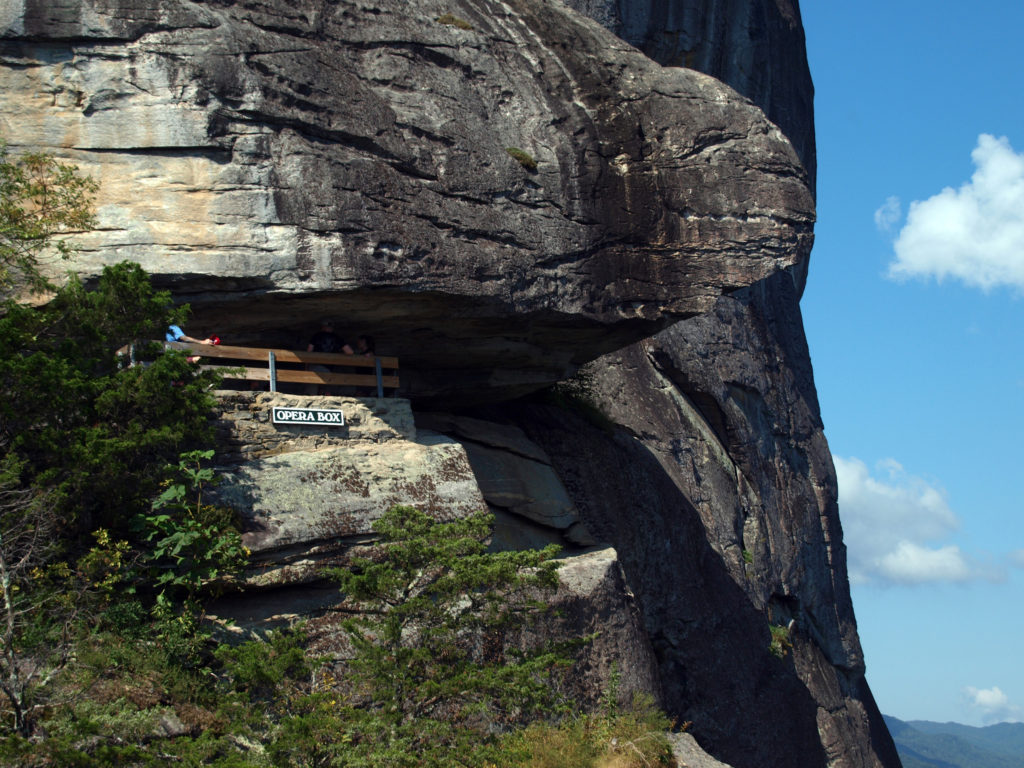
There’s an elevator that takes you from the parking area up to near the top of Chimney Rock, which is a tall free standing spire on one side of a very large granite dome. The elevator wasn’t working, though, so we climbed the 492 steps (I counted them) to the top, then another 80 to a nook called the Opera Box that looks down on the top of Chimney Rock and provides a great view of the valley below.
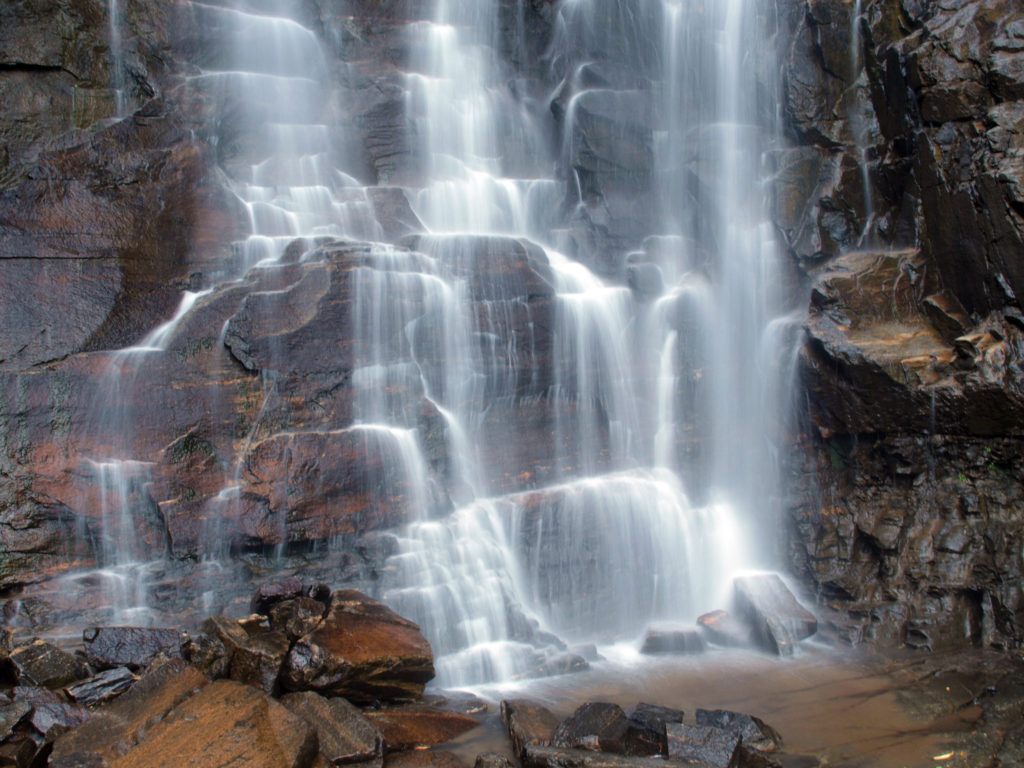
After the climb and descent (going down was worse than going up), we did a 1.4 mile out and back hike to Hickory Nut Falls, a very impressive 480 foot waterfall on the other side of the dome.
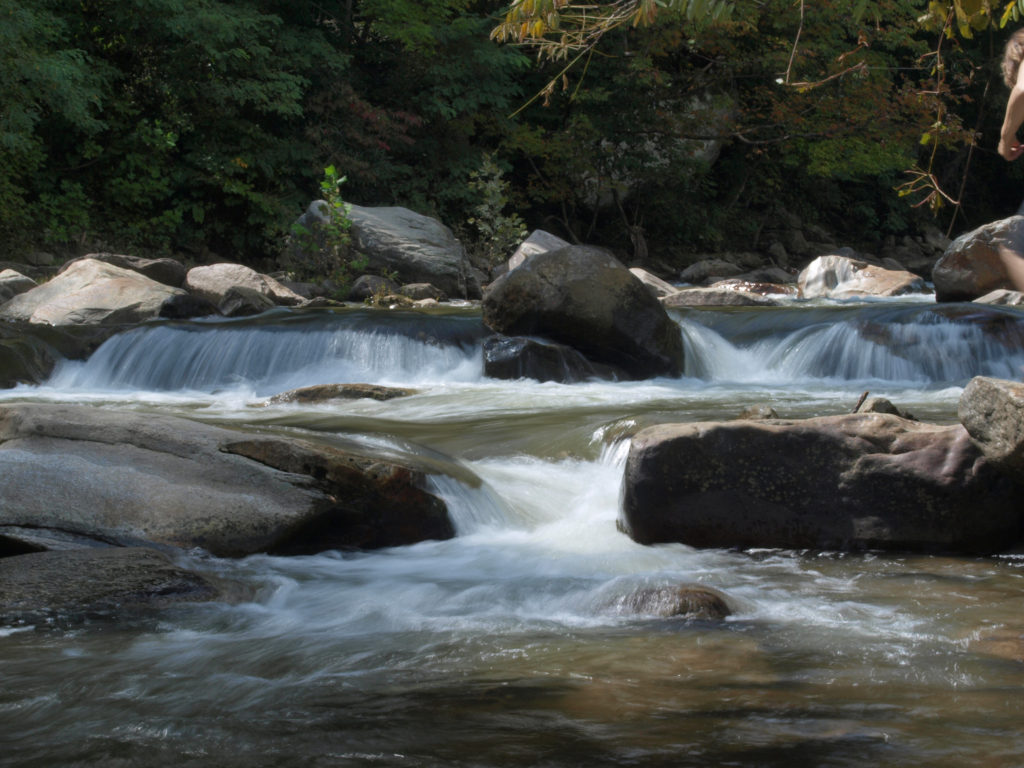
After leaving the park we had lunch in the community of Chimney Rock, then went for another short hike along the Broad River.
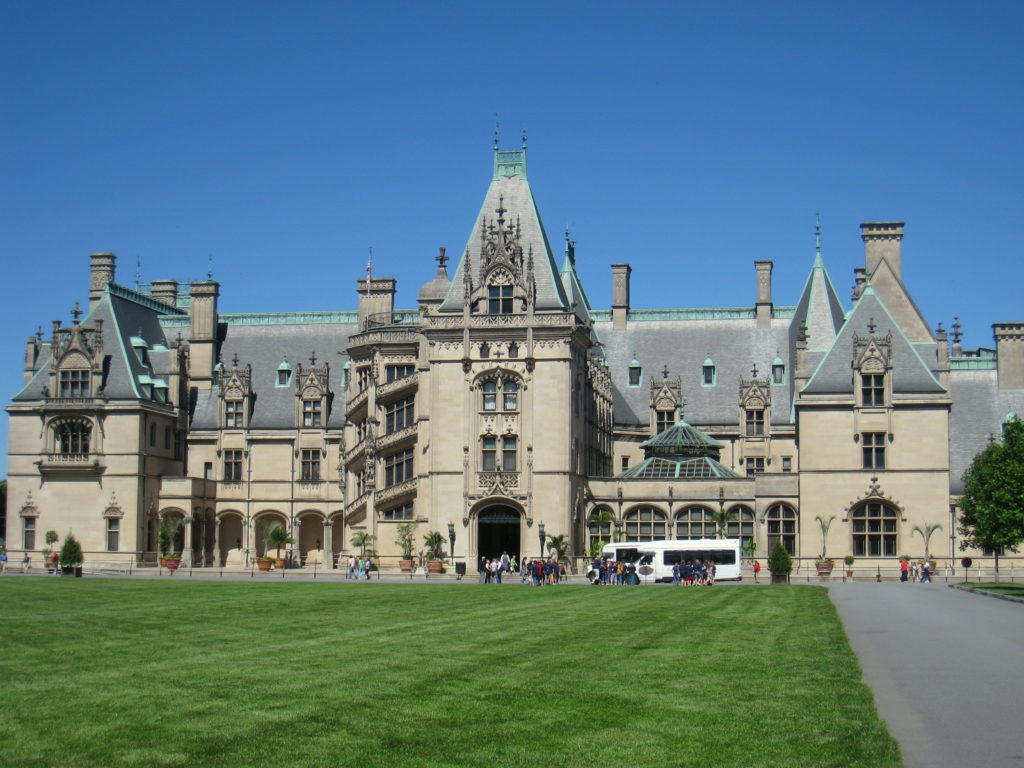
Asheville is probably most famous for being the site of the Biltmore Estate, the largest private home in the country. Unfortunately, it takes the better part of a full day to tour the estate, and we didn’t have the time. So, that will have to wait until our next visit.
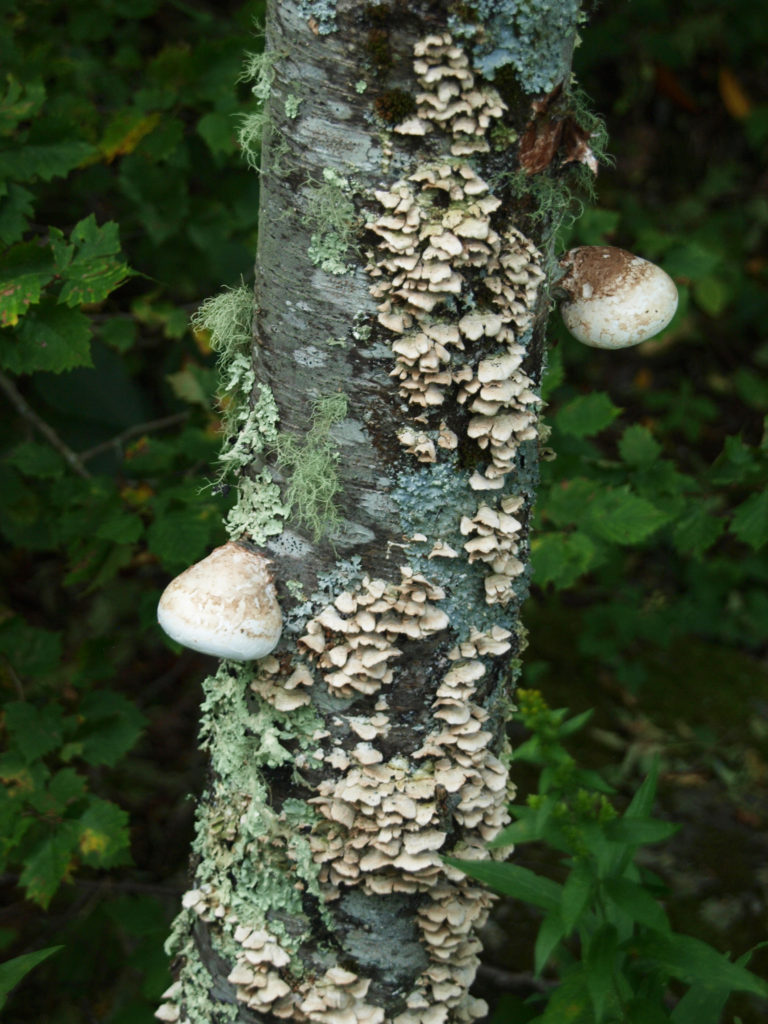
Asheville is a fascinating city, worth a longer visit than we gave it, and a great place to use as a base to explore the Great Smoky Mountains, tour the Blue Ridge Parkway, and visit the surrounding countryside. I hope that we will be able to return someday to more fully take in what Asheville has to offer, and more fully explore Great Smoky Mountains National Park and and the rest of the southern Appalachian Mountains via the Blue Ridge Parkway. For more information about visiting Asheville, click here.
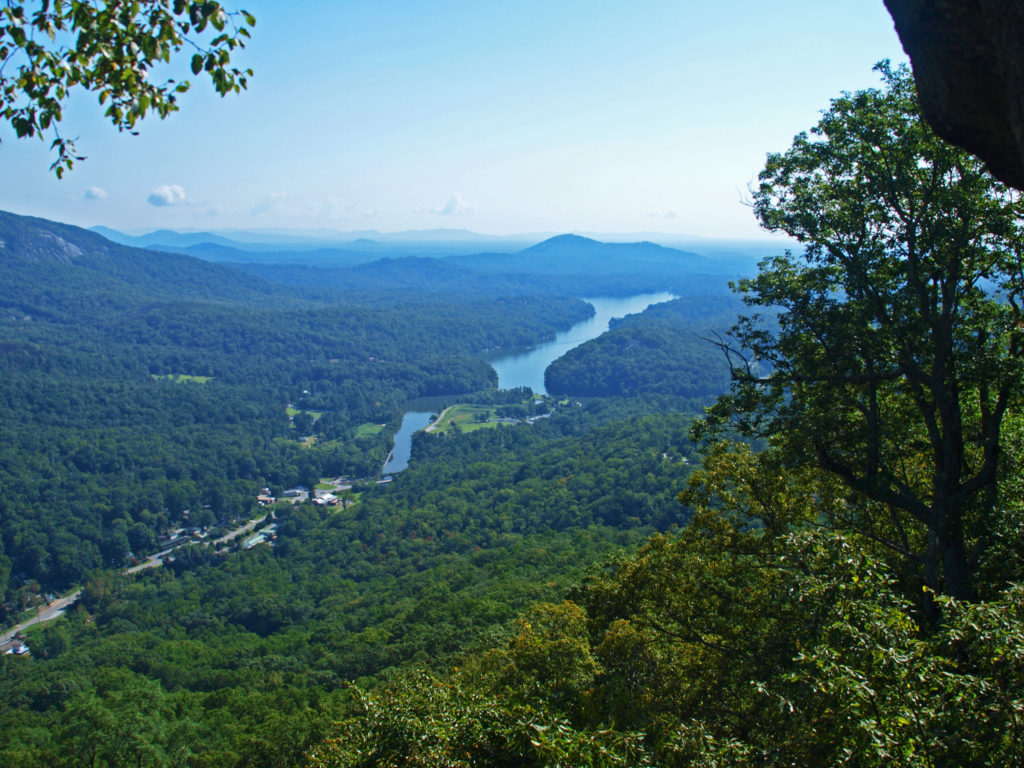 After visiting Asheville, we visited two charming Old South cities: Charleston, SC, and Savannah, Georgia. Check out our posts on Charleston here, and Savannah here.
After visiting Asheville, we visited two charming Old South cities: Charleston, SC, and Savannah, Georgia. Check out our posts on Charleston here, and Savannah here.
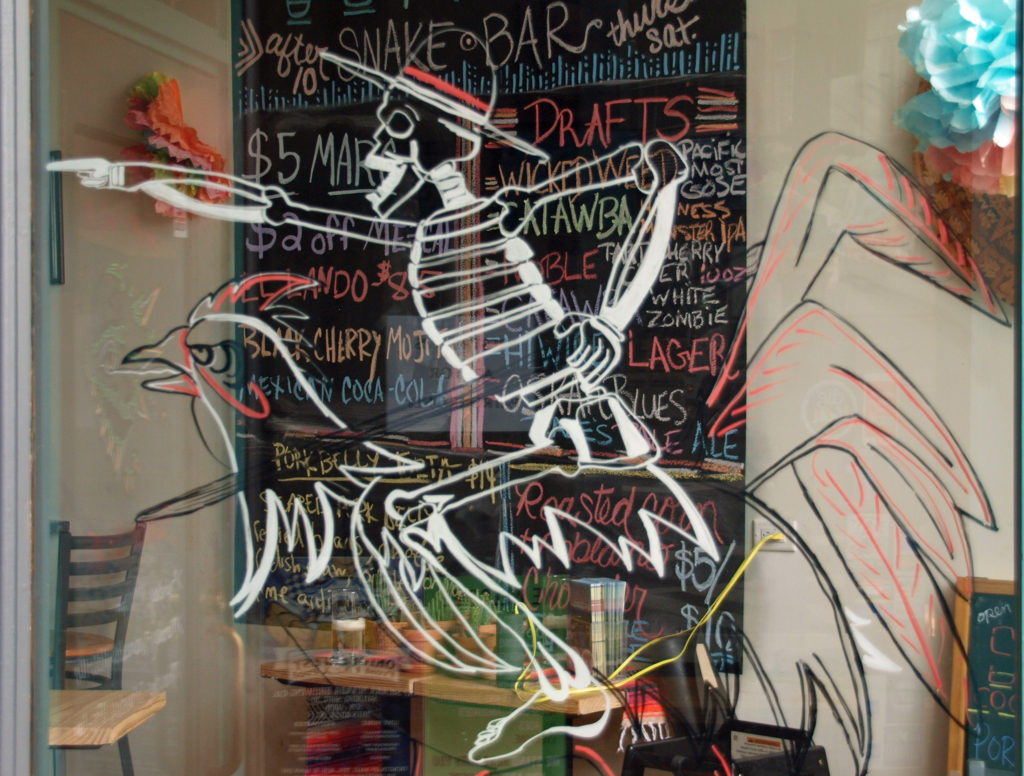
Originally posted December 22, 2019. Updated and re-posted January 30, 2023
All photos © Alan K. Lee, except as noted

